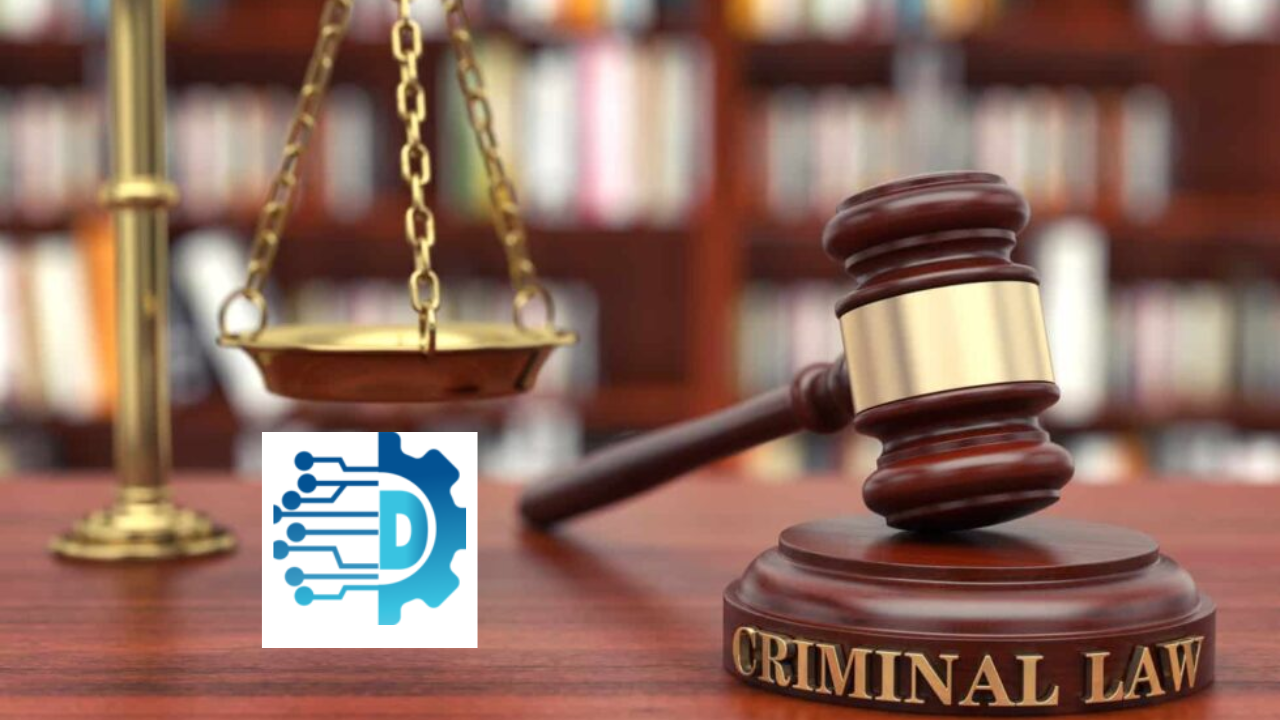The Framework of Medical Legal Disputes
The intersection of medical practice and law has always been a complex and challenging arena. Such legal disputes often draw significant attention, not just for the case’s particulars but for their broader implications on medical practice and patient rights. One such case that has become a focal point of discussion is the legal battle between Negin Behazin and Dignity Health. This article seeks to provide an unbiased examination of this ongoing dispute.
Backdrop: Dignity Health’s Medical Landscape
Dignity Health, one of the nation’s largest healthcare providers, has been at the forefront of medical care for years. Their extensive network and commitment to patient care have made them a trusted name in the healthcare industry. Like any large institution, they operate within a complex web of procedures, protocols, and patient interactions, which, at times, can lead to disagreements or disputes.
The Genesis: Negin Behazin’s Allegations
The lawsuit, filed by Negin Behazin, stems from a series of medical interactions and decisions made during her care at one of Dignity Health’s facilities. While specifics might be protected due to patient confidentiality and the ongoing nature of the legal proceedings, Behazin’s claims center around alleged medical negligence, inadequate care, and possible procedural oversights that she believes adversely affected her health.
Dignity Health’s Defense: Their Side of the Story
In response to Negin Behazin’s allegations, Dignity Health has mounted a robust defense. They emphasize the institution’s commitment to providing the highest standard of patient care, referencing their long-standing reputation and the thousands of positive patient outcomes they oversee annually. The healthcare provider also recommends stringent internal protocols and reviews to prevent medical oversights.
Legal Nuances: Delving Deeper
Medical lawsuits, like those between Negin Behazin and Dignity Health, are layered and multifaceted. They often hinge on intricate medical details, expert testimonies, and procedural protocols. Determining liability or negligence is more complicated. It involves analyzing many factors, from the healthcare provider’s actions to the patient’s medical history and the unpredictable nature of medical procedures and outcomes.
Implications for the Medical Community
The Negin Behazin vs. Dignity Health lawsuit is more than just a legal battle between two parties; it resonates with the broader medical community. Such high-profile cases inevitably influence medical protocols, patient trust, and the relationships between healthcare providers and those under their care. The outcome of this case could potentially impact future medical practices, patient consent protocols, and the legal frameworks surrounding medical disputes.
Public Perception and Media’s Role
The case has garnered significant media attention, as with many high-profile legal battles. The media’s role in shaping public perception cannot be understated. It’s crucial for information disseminated to be accurate, unbiased, and sensitive to both parties’ rights and reputations. An informed public can lead to constructive discussions and a deeper understanding of the complexities involved in such disputes.
Towards a Resolution: Future Pathways
Several potential outcomes loom as the legal proceedings between Negin Behazin and Dignity Health continue. From out-of-court settlements to prolonged court battles, the path to resolution remains to be determined. However, it’s essential to remember that concerns about patient care, medical ethics, and institutional responsibility are at the heart of this lawsuit. Irrespective of the outcome, the case serves as a poignant reminder of the delicate balance between medical intervention and patient rights.
The Broader Takeaway
The legal dispute between Negin Behazin and Dignity Health underscores the challenges inherent in the medical field, where life-altering decisions are made daily. As observers, while we await the lawsuit’s outcome, we can reflect on the medical industry’s complexities, the immense trust patients place in healthcare providers, and the overarching responsibility institutions have in upholding that trust. In the ever-evolving landscape of medicine and law, such cases emphasize the continuous need for dialogue, understanding, and mutual respect.
Patient Advocacy: A Critical Pillar
The Negin Behazin vs. Dignity Health case underscores the essential role of patient advocacy. Ensuring that patients’ rights are upheld, concerns are addressed, and voices are heard is paramount. Such advocacy can bridge the communication gap, fostering better understanding between healthcare providers and patients and preventing potential misunderstandings or disputes.
Medical Ethics: Beyond Treatment Protocols
Medical decisions aren’t just about treatment efficacy; they’re intertwined with ethical considerations. This lawsuit serves as a reminder for healthcare providers to constantly reevaluate and uphold the highest ethical standards, ensuring that every decision aligns with medical and moral imperatives.
Institutional Accountability: Continuous Improvement
Large healthcare institutions like Dignity Health play pivotal roles in shaping the medical landscape. This legal dispute emphasizes the continuous need for these entities to assess, refine, and improve their practices, prioritizing patient welfare and ensuring that institutional protocols reflect this commitment.
Legal Framework: Protecting Both Sides
The legal framework surrounding medical disputes must be robust, protecting healthcare providers and patients. Balancing the rights and concerns of both parties is crucial to ensure fairness, justice, and a resolution that acknowledges the unique challenges of the medical sector.
The Role of Expert Witnesses: Illuminating Details
Expert testimonies often play a decisive role in medical lawsuits. By shedding light on technical details, procedural norms, and expected outcomes, these professionals provide clarity to legal proceedings. Their unbiased insights can guide verdicts, ensuring they’re rooted in medical science and practice realities.
Post-Resolution Impacts: Healing and Learning
Once the legal battle concludes, the aftermath will involve healing and learning for both parties. Such disputes, while challenging, offer opportunities for introspection, growth, and strengthening practices and protocols, aiming for a future where such conflicts are minimized.









Leave a Reply